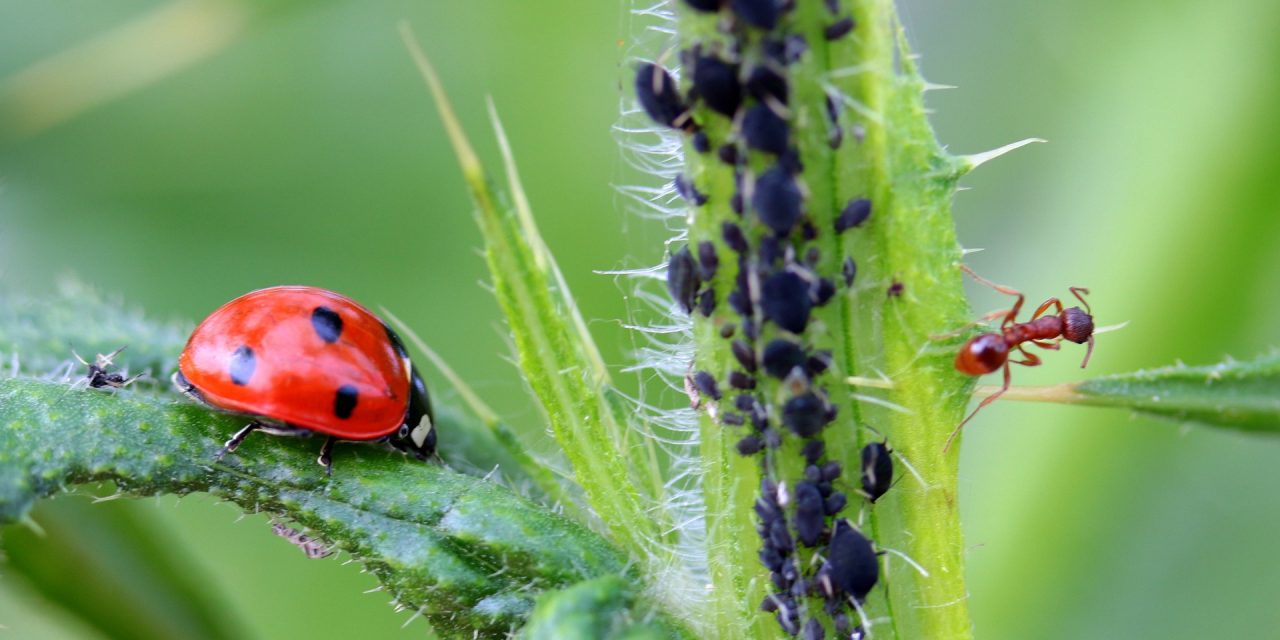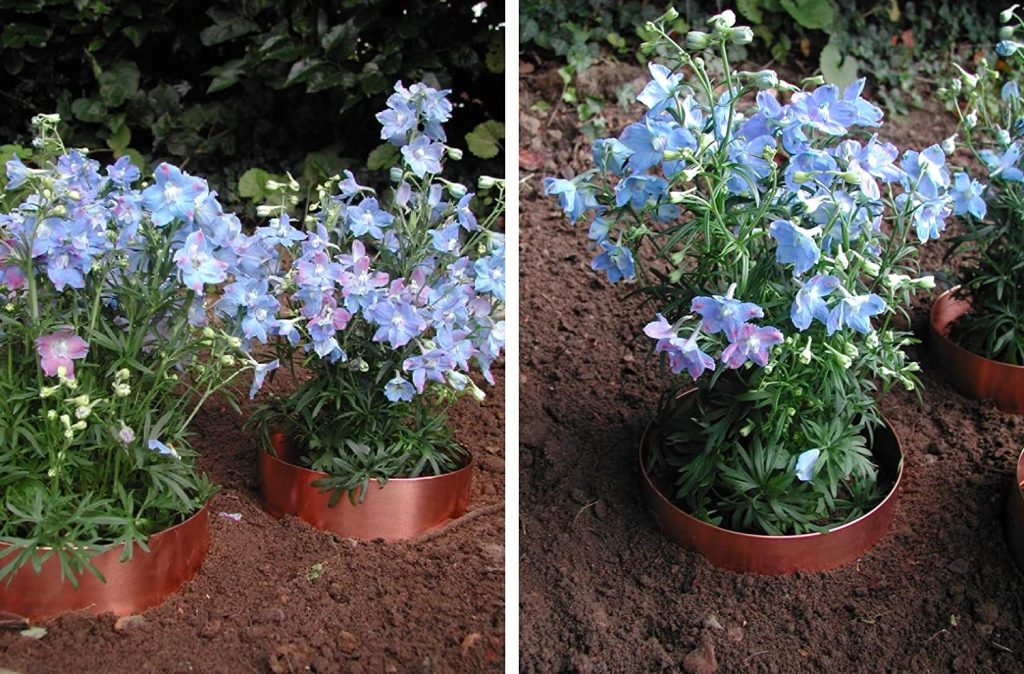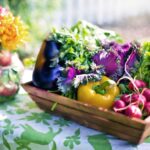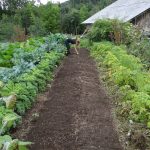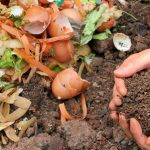Affiliate disclosure: As an Amazon Associate, we may earn commissions from qualifying purchases
When it comes to growing vegetables, the most difficult challenge we all face is controlling pests. Where there are plants, there will be pests. This article will guide you through the process of choosing natural methods that are the most effective. In addition to that, we will talk about some products and methods that are non-toxic but can still be effective against pests.
Contents
Why should we stop using chemical pesticides?
There are two main reasons for not using chemical pesticides: the first is that pesticides don’t just kill the pests; they can kill a wide variety of other insects and animals and can even be toxic to humans. Pesticides stay in the soil for an extended period of time and can leach into the water supply.
If pesticides do leach into the water and contaminate the land, it can have a far greater effect on a significantly greater number of animals across a substantially larger area than was initially intended. For instance, if the pesticide were to contaminate a river in the area, the fish in the river could die as a result; if a bird consumed the fish, the bird would also die; and so on.
This exact scenario was seen in Virginia in the US in the 1970s. The bald eagle was nearly wiped out. The eagles ingested DDT pesticides, which weakened the eggshells of their offspring, preventing them from successfully reproducing.
The number of bald eagles had decreased so much that they had become critically endangered. Several interventions were put in place, such as legislating the ban of DDT pesticides and protecting habitats. If it weren’t for these interventions, the bald eagle and many other bird species may have become extinct.

The second reason we want to stop using pesticides is that pests can get used to them and stop responding to them. If this happens, we would have to keep using stronger chemicals that are even more dangerous to the health of other insects, animals, and even people.
As mentioned above, pesticides are not always species-specific, which means they kill all insects that come into contact with them, including pollinators. The term “pollinators” refers to insects like bees and butterflies, which play an essential role in the process of plant and flower reproduction. If they did not exist, there would be a massive threat to the safety of our food supply.
Natural and biological pest control
I prefer to use natural biological methods to control pests instead of using harmful chemicals. This method is totally dependent on attracting more insects to the garden, such as ladybirds and spiders. You might think that inviting more insects to the garden is counterintuitive. However, these other insects are beneficial because they will eat the pests.
Advantages and disadvantages of biological pest control
Advatages
- We don’t need to use pesticides
- It can be targeted toward a particular species of pest
- It can be very cost-effective and serve as a long-term solution for pest control
- There is no risk of contamination to beneficial insects or the surrounding environment
- Pests are controlled at the source before they can develop and will not become resistant
Disadvantages
- It can take time to implement, especially if a pest population is already established
- The predatory prey has the potential to become a pest
- You may need to make an initial financial investment
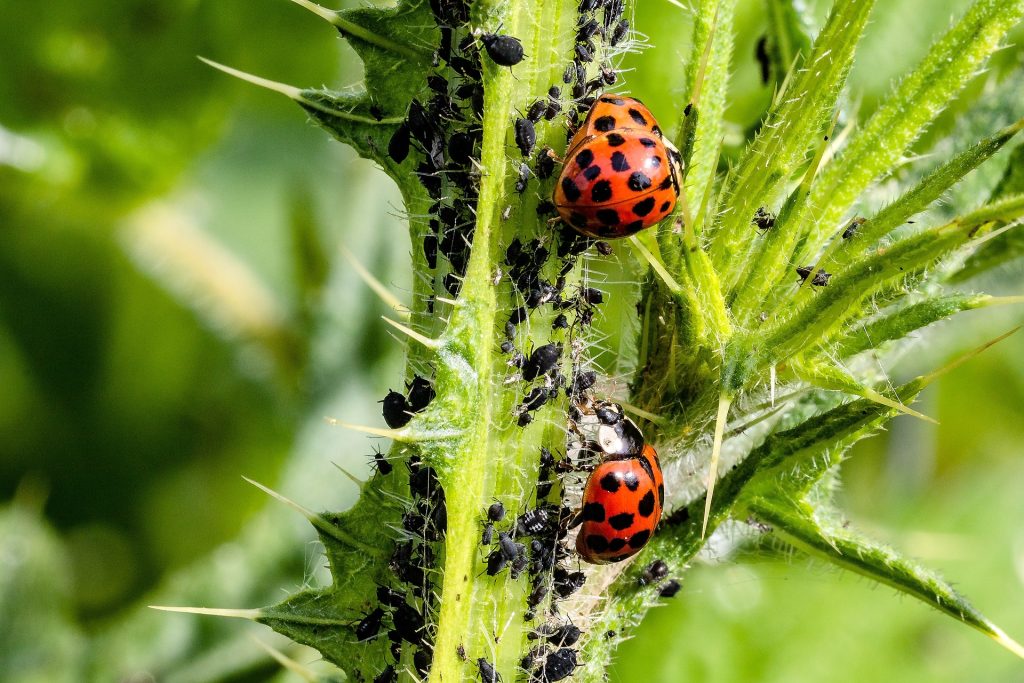
Are pest-repelling plants effective at reducing pest insects?
Yes, there is evidence that pest-repelling plants are very effective in lowering the number of pest insects. The terms “companion planting” or “trap planting” more accurately describe this kind of planting. There are many different kinds of plants that can either keep pests away or attract them.
What is companion planting?
Companion planting is the practice of putting together groups of plants that will mutually benefit one another in some way. Putting plants in a garden that keep pests away will stop them from moving in or keep them from coming in at all.
On the other hand, if you already have a large population of pests established, you might want to plant some trap plants. The trap plants will be eaten by the pests, allowing the more desirable plants to thrive. This may seem counterintuitive, but it works quite well.
What kinds of plants go well together in a companion planting?
Allium (onions, chives, garlic, shallots) can be planted close to tomato plants, carrot bushes, lettuce, and broccoli, as well as fruit trees and rose bushes. Aphids, weevils, moles, and fruit tree borer insects are all deterred by allium.
Plant basil in close proximity to tomato or asparagus plants. In addition to aphids, flies, mosquitoes, and spider mites, it also helps to keep the populations of tomato hornworms and asparagus beetles under control.
Coriander is a good companion plant for most vegetables because it repels aphids.
Sage should be planted in the same general area as other vegetables, including carrots. It defends against pests such as cabbage moths, carrot flies, and ticks, among others.
You can plant some radish seeds in the garden alongside any vegetable seeds that you sow directly into the soil. Insects will eat the radish because it grows first, and as a result, they are less likely to feed on your more valuable seedlings.
Marigolds should be planted in close proximity to roses, tomatoes, potatoes, and aubergines. It offers defence against a wide variety of unwanted insect pests.
You can protect your carrots from carrot rust flies by planting thyme near them, and you can protect your tomatoes from other pests by planting basil near them.
Lemon balm can be effective in warding off various species of flies and can even keep cats out of the garden.
Mint and lavender can also help to repel rodents.

Natural pesticides
Slug and snail repellent
In most cases, natural, non-toxic ingredients are used in the production of these repellents. Spraying it on the ground creates a physical barrier that slugs and snails won’t be able to cross.
Note: The vast majority of repellents are able to withstand moderate rain but will require reapplication after heavy rainfall. Because of this, it is recommended to use this method along with other ways to stop the problem.
Surfactants
Vegetable oils, animal oils, and soaps are often used as a base for other natural pesticides. These are categorised as surfactants. They work by suffocating pests as opposed to poisoning them. However, these concoctions are usually non-targeted, which means they can also kill beneficial insects.
Neem oil
Neem oil is a naturally occurring pesticide found in neem tree seeds. It is yellow to brown in colour, with a bitter taste and a garlic/sulphur odour. It has been used to kill numerous insects, such as aphids, mealybugs, whiteflies, Japanese beetles, leafhoppers, thrips, fungus gnats, and other garden pests like spider mites and nematodes. Neem oil can also be used to kill diseases like powdery mildew, black spot, scab, anthracnose, and leaf spot.
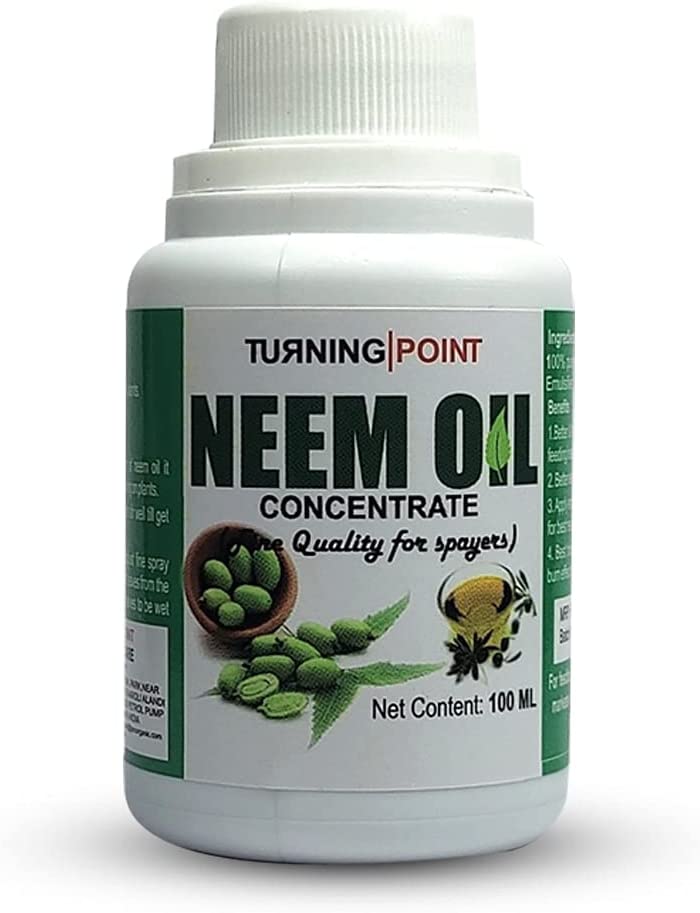
Homemade pesticide recipe
- 1 bulb of garlic
- 1 teaspoon of chilli powder
- 2 tablespoons of mineral or vegetable oil
- 2 cups of water
- 1 tablespoon of dishwashing liquid
Peel the garlic cloves and add them, along with the oil and water, to a blender. Leave the mixture to sit overnight. The following day, strain the mixture and pour it into a spray bottle. Add the washing up liquid and give it a good shake to combine. Use it to spray the plants that have been affected by pests.
Note: Avoid using any bleach-containing washing liquid. Before spraying the entire area, it is important to make sure that it does not harm the plants by applying it to a small section first.
Barriers and deterrents
Barriers and deterrents are essential to use in the garden in a natural fight against pests. Many garden pests will not go into areas where particular items are placed.
Copper and egg shells
Slugs do not like copper or the sharp edges of eggshells. Therefore, surrounding plants with such materials as eggshells or copper will help keep them off your plants.
Copper rings can be placed around plants, and copper tape can be wrapped around the rim of pots or raised beds for the same effect.
Beer traps
Slugs and snails can be captured using beer traps sunk into the ground and filled with beer. This method is not 100% effective, but it can be used in combination with the other suggestions.
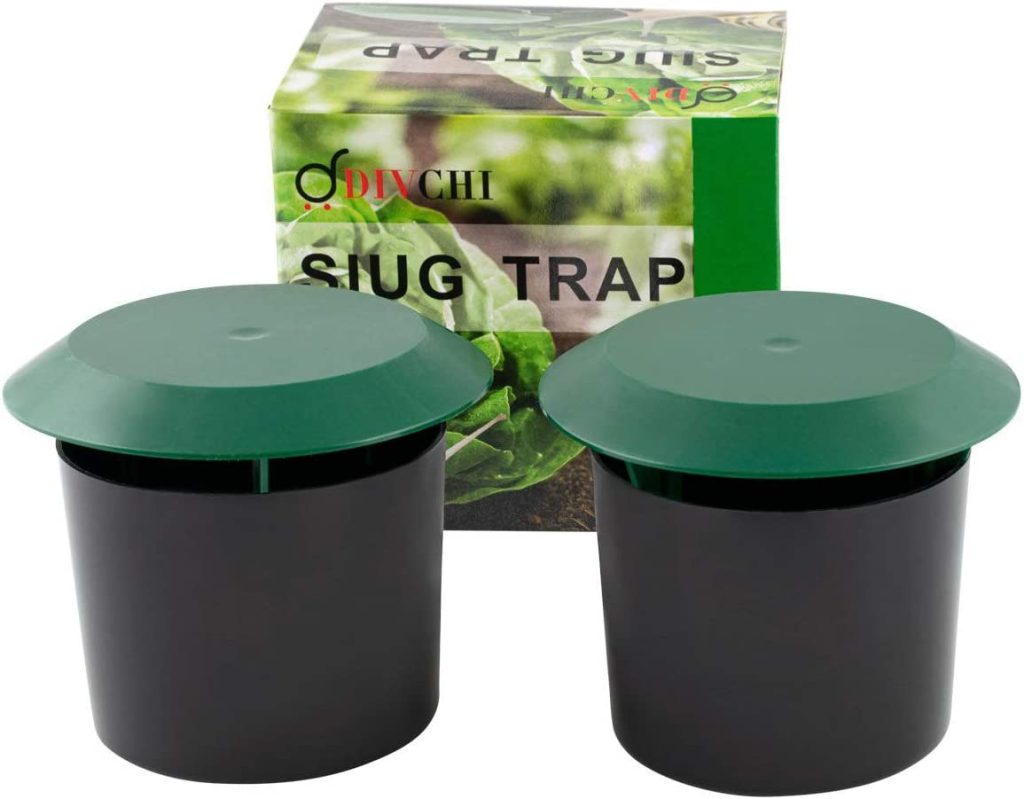
Insect netting
Insect netting is a type of fabric with a very fine mesh that can be used to protect crops from being damaged by insects or birds. It does not prevent sunlight from reaching the plants. You can also water the plants as normal through the netting.
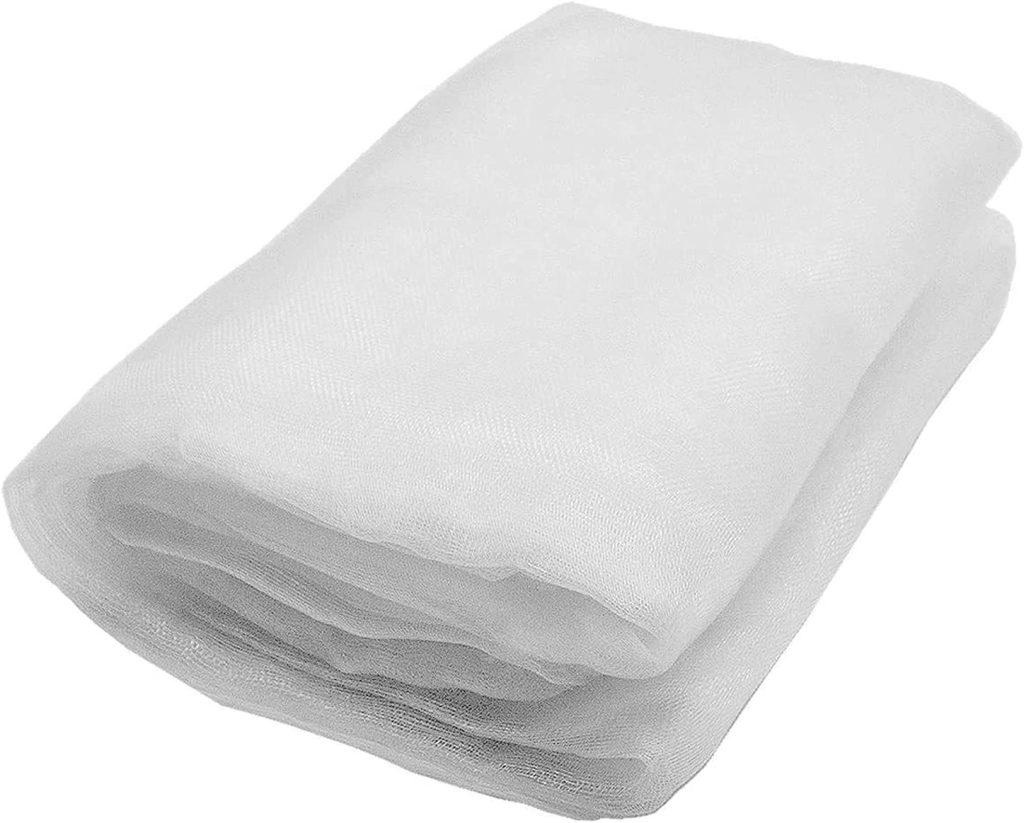
Plastic bottles
Plastic bottles are an effective tool for preventing insects and other pests from feeding on your plants. Cut the bottom off the bottle, remove the lid, and place it over the plant. This will help stop insects and other pests from eating your plants. The bottles can also serve as a mini greenhouse for your plants.

